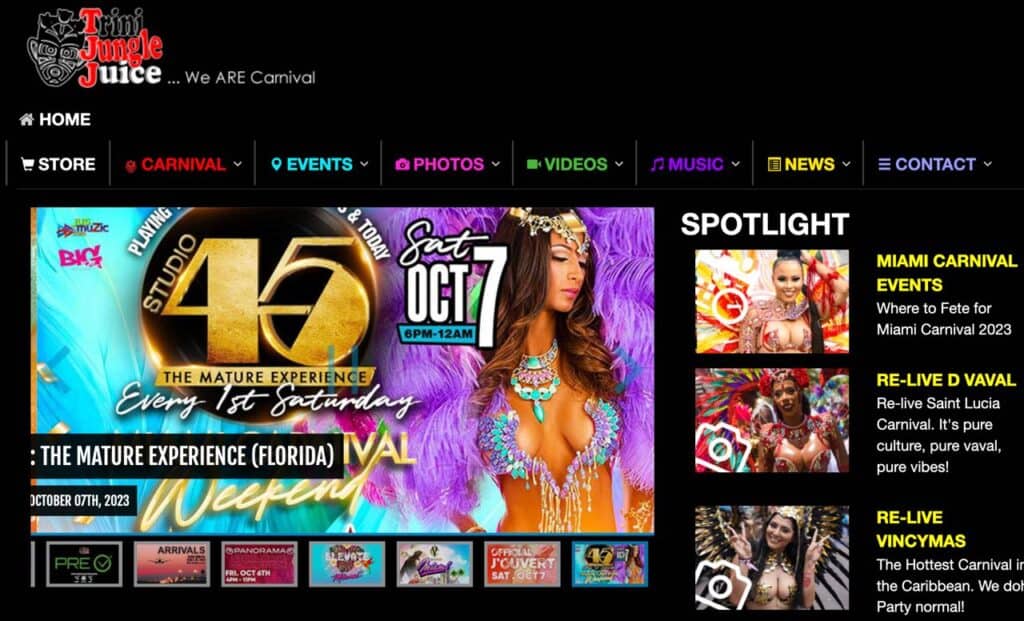
Above: Photo by fivespots/DepositPhotos.
BitDepth#1423 for September 11, 2023
Whether it’s a considered investigative report or a press release, it would be a mistake to think of a post online the same way we think of material created for traditional media.
It shouldn’t be necessary to say this, but digital is not analog.
In the era of traditional news dissemination, a report lasted as long as the active broadcast was live or the day it was printed.
Print journos chuffed about their work would always be reminded by their elders that their masterpiece would be used to wrap fish the next day.
That window of opportunity to capture the attention of an audience might have been fleeting, but it demanded a different interaction from online engagement.
While some variances among users and posts will be expected, a post on the service formerly known as Twitter is visible for around 15 minutes.
A Facebook post will linger for six hours, Instagram’s content sticks around for around 48 hours.
Depending on how you engage on LinkedIn, expect traction for between 25 to 50 hours.
If that seems long, posts to a user-owned website or blog, serviced by even halfway decent search engine optimisation (SEO), will show up in Google searches for two years or more.
Despite this, the gold standard seems to be to eternally chase the chimera of going viral.
Here are some hard numbers that should give you pause if that’s your mission.
A truly viral post is one that’s shared more than 100,000 times or gets more than 1,000 comments. Your chances of achieving that range between one in a million to one in five million.
Less than one per cent of posts are shared even 1,000 times.
Social media is a big, attractive audience, but it’s hardly captive. Social media users flutter through their feeds like a punch drunk butterfly, whimsically clicking on links with inscrutable optimism.
The alternative is long-tail journalism a strategy that local media houses ignore despite having a constantly renewable resource of information.
Local news websites, even after two decades of working to deliver their print and broadcast reporting on their own websites are still doing shovelware, reposting what appears in their traditional channels while ignoring the opportunities of internet publication.
In the middle of the first decade of the new century, several websites appeared amplifying one small slice of the news reporting menu, photos of people enjoying themselves during the Carnival season.

Websites like TriniScene and TriniJungleJuice stripped away journalistic justification to engage in extended voyeurism of every Carnival event, producing event galleries of a hundred photos or more that went on for page after page.
These were the first and only websites I’ve ever seen that dared to require their users to click through as many as four advertising popups before offering access to their material.
The end came when smartphones and amateur photographers skipped building a website to deliver their event photos via Facebook.
It was the first indication that gated internet communities with their uniform publishing process and gamification of user participation through likes, pokes and other non-financial incentives might provide a platform that could compete with independent, user-owned projects while rewarding contributors with attention.
Very little about that equation has changed today.
Have we forever lost persistency in reporting on the internet?
It’s clear that the practice of journalism is not a natural fit for the dopamine rush that fuels any successful social media platform.
Long tail journalism services a very different user need.
Long tail journalism reaches deeper into the material that is trimmed because it takes too long to explain, mixes in relevant audio recordings, video and still image galleries.
Using the initial reporting as a starting point, it reaches deeper into the material that is trimmed because it takes too long to explain, mixes in relevant audio recordings, video and still image galleries that expand a reader or viewer’s understanding of what’s being reported.
The ease of use and ready audience afforded by social media platforms remains attractive, even as these platforms pointedly withdraw their enthusiasm and support for surfacing information that doesn’t offer the adrenal rush that whimsical, unsubstantiated posts deliver.
Using these core elements of the reporting process to add dimension, transparency in newsgathering and multiple access points for the audience opens new channels of communication between the newsroom and its consumers.
The same advantages are there for anyone with a body of information they want to make accessible to the public.
Corporate communications managers should be thinking about building their own long tail strategy for the public facing information that underpins the confidence they hope to build with stakeholders and customers.
Annual reports, social responsibility initiatives, statements and announcements and updated image assets, including corporate officer headshots and B-roll footage should be part of the default online arsenal of any serious business that hopes to establish a presence with accountability.
In 2023, this shouldn’t even have to be a discussion, but it clearly needs to be both articulated and acted on.



[…] Trinidad and Tobago – Whether it’s a considered investigative report or a press release, it would be a mistake to think of a post online the same way we think of material created for traditional media… more […]